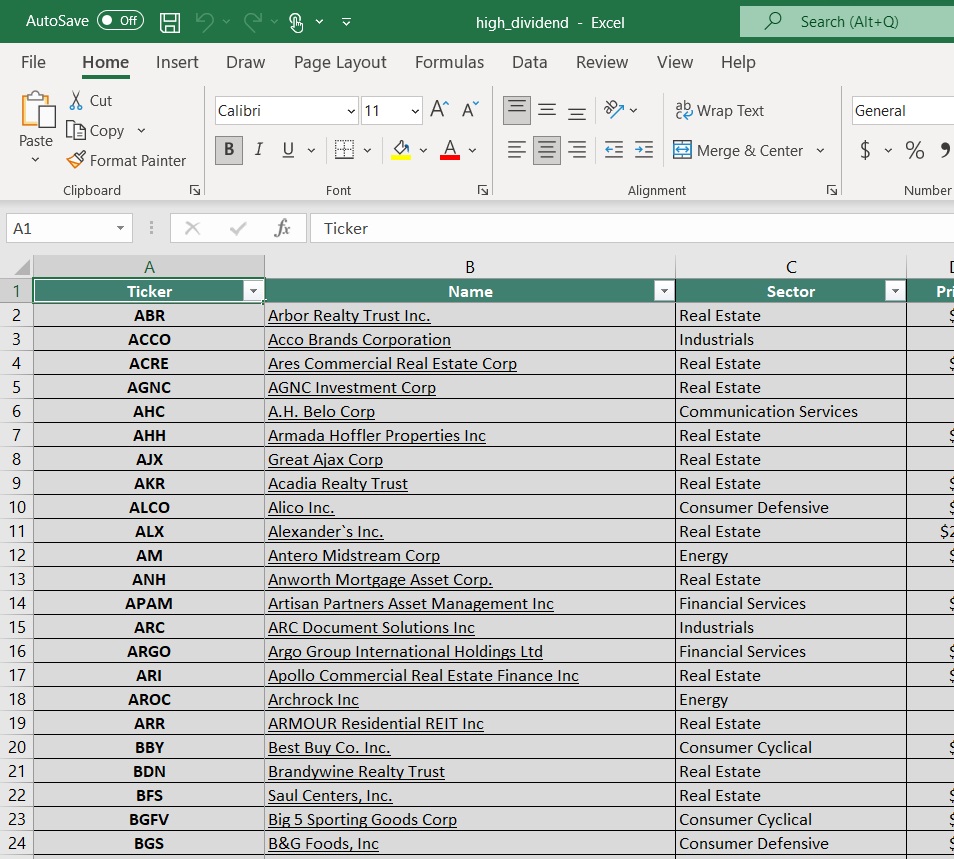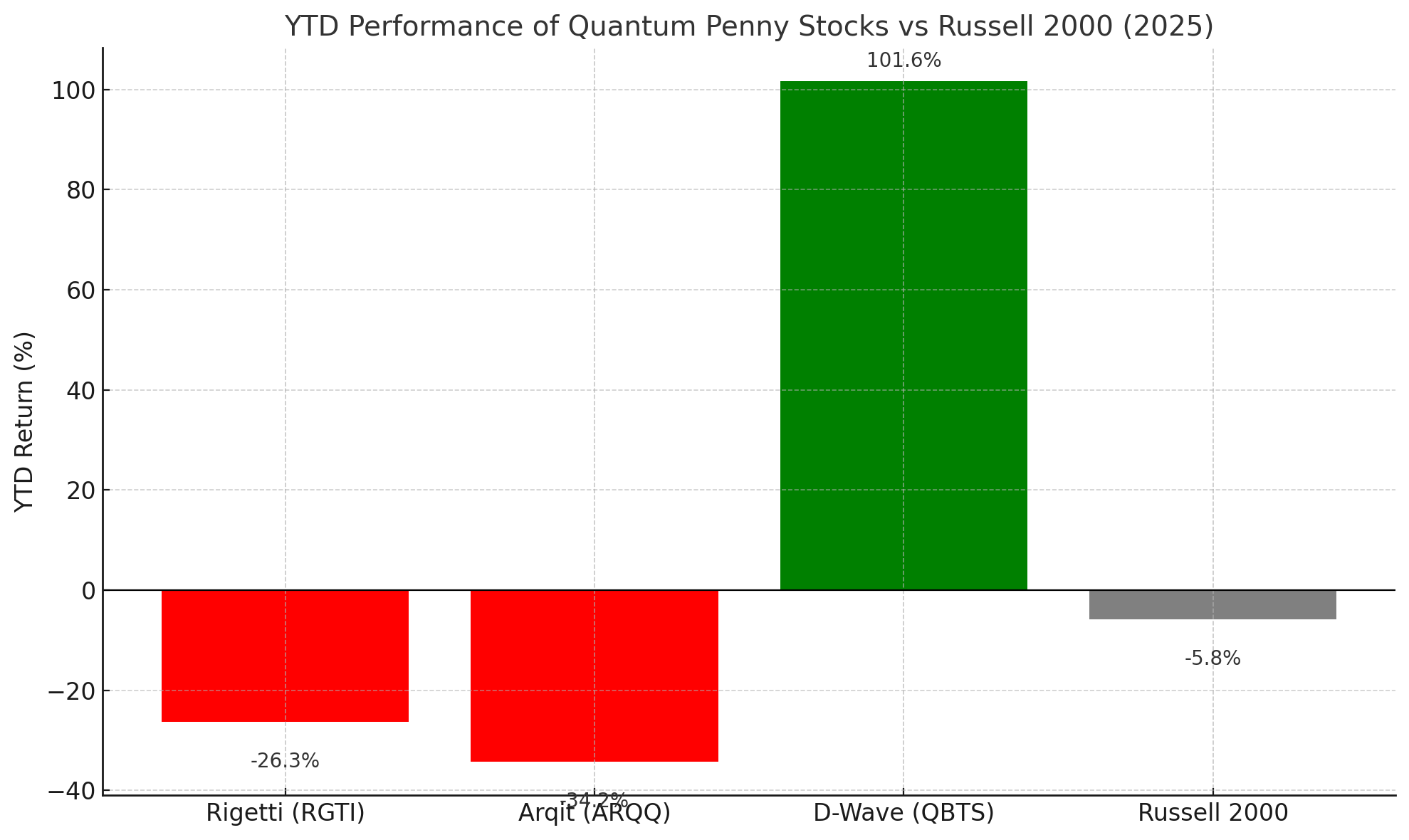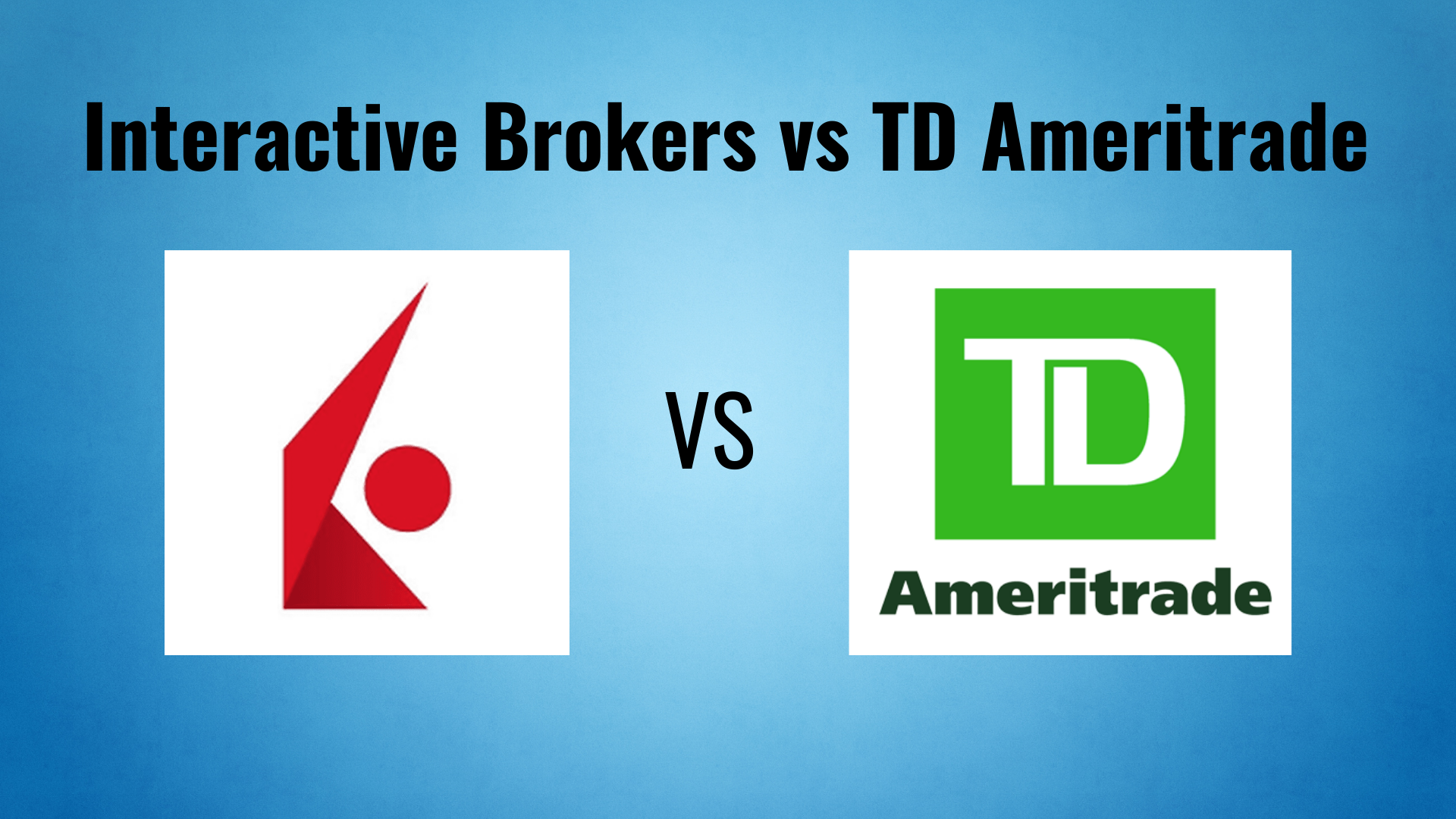This article is presented by Easy Street Capital. Read our editorial guidelines for more information.
In January, we published an article about DSCR loans, a product increasingly used by more and more real estate investors to scale their portfolios.
Known for easy qualification and light documentation standards (no income verification, no DTI requirements, no tax returns, etc.), sophisticated real estate investors are continuing to utilize DSCR loan options after maxing out on conventional financing options or simply finding it’s not worth trading the time and hassle of a bank qualification for the slightly lower rates.
The previous article outlined the basics of how to best position yourself as a DSCR loan borrower to get the best rates and terms on your DSCR loans. Quick recap: the rates and terms are primarily driven by three main metrics:
- Loan-To-Value (LTV) Ratio
- Debt-Service-Coverage-Ratio (DSCR) Ratio
- FICO/credit score
While the rate you’re going to be quoted is going to be mainly driven by those three factors, there are several other pieces to the puzzle that can also change the terms offered. The savvy DSCR loan borrower will use all the options available to optimize terms, especially in volatile rate environments like today, where every little bit of rate matters in securing profitable investments!
This article will walk through the more advanced strategies real estate investors can use to minimize their rates on DSCR loans and secure the best long-term financing for their portfolios.
Prepayment Penalties
The best way to get the lowest rate DSCR loan is to allow the lender to place prepayment penalty provisions in the loan. Essentially, this means that for the first few years of the term (DSCR loans are pretty much universally 30-year loans), if you choose to prepay the loan early by either selling the property or refinancing, you’ll have to pay a fee equal to a low percentage of the outstanding loan amount (typically something like in the 1-5% range).
If your DSCR loan contains a prepayment penalty, then your rate can generally be significantly lower—a full 100 basis points (1%) or more, depending on the structure (length of prepayment penalty period and amount of penalty fee). Why are DSCR lenders willing to give you much better rates if there is a prepayment penalty? It’s because most DSCR loans are securitized or pooled into mortgage bonds for investors such as pension funds or insurance companies that rely on consistent and predictable cash flows – which would be jeopardized if too many loans prepay too quickly.
Prepayment penalty structure options will vary from lender to lender. However, the most common are “stepdown” structures, such as a “5/4/3/2/1” structure which means that if prepaid during the first 12 monthly payment dates, the fee is 5%. If prepaid during the next 12 monthly payment dates, the fee is 4%, and so on, with no fees applied if the loan is prepaid anytime during the last 25 years of the 30-year term.
This structure could also be shortened with penalties lowered, such as “3/2/1” or “2/1” options with the same general concept. There are additional structures that are a bit harsher such as a fixed 5% penalty for five years (instead of reducing the fee percentage every year), but this structure is generally repaid handsomely by the lender with lower rates! Many lenders will be flexible around customizing these structures but will typically limit any prepayment penalty to 5% and any penalty period to no more than five years.
So how to take advantage of prepayment penalties as a DSCR borrower? The good news is that DSCR loans are made for investors with long time horizons, building portfolios to hold for the long term to earn cash flow and appreciation. Thus, if you are a typical investor using DSCR loans to build a cash flowing “financial freedom” portfolio, you probably aren’t planning on selling properties within the five-year window—so slapping on prepayment protection (that likely won’t affect you) is a great lever to pull!
What about refinancing if rates decrease? While a prepayment penalty may hurt if rates decrease over the first few years of your loan and you are looking to refinance into a lower rate, the penalty amount is typically small enough so that refinancing would still be a good economic decision. According to the FHFA, since 2000, the average annual home price appreciation has been 4.7%. So if rates do indeed fall, your 1-5% prepayment penalty will likely be more than offset by your lowered rate and potential cash-out equity from an increased value!
Loan Structure: Fixed Rate vs. ARM
Another advanced option for real estate investors utilizing DSCR loans is to consider using an ARM (Adjustable Rate Mortgage) option vs. the fixed-rate structure. However, it is extremely important to understand this structure and all the nuances because it can be confusing if you don’t do your research. Furthermore, there is a lot of confusion and misunderstanding of the ARM options today for DSCR loans and some of the ARM structures of the early 2000s that helped facilitate the mortgage meltdown of 2008.
Here are some quick things to know about ARM DSCR Loans:
- While these are sometimes referred to as “5-Year ARMs” or “7-Year ARMs,” these are still 30-year mortgage loans. The number for an ARM typically refers to the initial part of the term where the rate is fixed rather than the full term.
- Unlike in the early 2000s when ARMS started floating quickly, DSCR ARMs are more of a hybrid product, better described as “Fixed to ARM,” whereas discussed in the bullet point above, are a fixed rate for a significant period to start the term, typically five or seven years.
- These are typically expressed as two numbers separated by a slash—such as “5/1” or “7/6.” The first number refers to the initial years of the term for which the rate is fixed, while the second number refers to the frequency of rate adjustments after the fixed rate period. Note that this part is confusing. The “6” refers to floating every six months, while the “1” refers to floating every one year. Confusing (or poorly structured industry-standard terminology) is another reason it’s very important to really make sure you understand your terms and structure if going with an ARM DSCR loan!
DSCR ARM loans are also loaded with provisions for determining the interest rate after the initial fixed-rate period. The rate typically converts to a number that is equal to a pre-determined “margin” and an index number such as a secured overnight financing rate (SOFR). Additionally, the floating rate is subject to a floor (typically your initial fixed rate) it can never go below, a ceiling (typically your initial fixed rate plus 5-6%) it can never go above, as well as periodic rate adjustment caps to prevent rate shocks or huge changes in rate in a single payment date.
So how to take advantage of ARM options as a DSCR borrower? Typically you can get a lower rate (12.5 to 37.5 bps right now generally) with an ARM instead of a 30-year fixed rate loan, which can be worth it depending on your risk tolerance, general outlook, and personal investment plans and goals. If you are confident rates will likely be lower or stable in a five-year time frame (most economists have this view), then it can be a smart move. Remember from the section above—prepayment penalties will not last more than five years, so there will be no prepayment fees associated with refinancing a DSCR loan after the initial fixed-rate period.
Long-Term Rental Qualification vs. Short-Term Rental
The biggest trend in real estate over the last few years has been investors turning to short-term rentals versus long-term rentals, primarily for the significant difference in cash flow and profitability (STRs generally earn twice as much as long-term rentals). However, many DSCR lenders view short-term rentals as riskier and prone to disruptions in cash flow and viability due to greater dependency on the greater economy, seasonality, regulatory risk, and costs and sophistication to operate well.
The current trend among DSCR lenders is to either stop lending on short-term rental properties, qualify these properties based only on how they would perform as long-term rentals, or just charge higher rates if the property is an STR. Therefore a good strategy for an investor wanting to stick with STRs should aim to pick properties in markets that cash flow if used as a long-term or short-term rental, thus allowing the lender to generate the rate consistent with a “safer” long-term rental property, likely to be significantly lower.
Strategic LLCs and Entity Structures
A final advanced strategy is to strategically structure the borrowing entity to maximize credit. One of the key advantages of DSCR loans vs. conventional financing is the ability to borrow through an entity such as an LLC. While there are pitfalls to avoid, investing in real estate with a partner or partners that have complementary skill sets has been a tried and true recipe for big success in real estate investing.
As discussed in the original article, your credit score is one of the main three factors for determining rates and terms. The “qualifying credit score” used by the DSCR lender to generate your rate can vary depending on the lender if there are multiple owners of a borrowing entity (for example, 50/50 owners of an LLC). Some DSCR lenders will use the lower or the two median scores, while some will use the higher.
Additionally, strategic ownership structures where inexperienced or poor credit borrowers are limited to no more than 25% ownership will not have their credit pulled and won’t negatively affect qualification.
Note: Do not cross the line between strategic entity structure and “straw borrowers.” Placing otherwise disinterested parties as part of LLCs and loan guarantors just for credit qualification is the quickest way to get your loan canceled and potential legal trouble for mortgage fraud!
Conclusion
DSCR loans are increasingly popular because of flexibility vs. the standardized requirements of conventional financing. The ability to customize the structure to fit your investment needs allows borrowers and lenders to work together for win-win loans and long-term relationships.
Hopefully, this article helps your understanding of how to best structure your loans and how to pick the DSCR lender that allows the flexibility and options you need. Every bit counts in this topsy-turvy market!
This article is presented by Easy Street Capital
Easy Street Capital is a private real estate lender headquartered in Austin, Texas, serving real estate investors around the country. Defined by an experienced team and innovative loan programs, Easy Street Capital is the ideal financing partner for real estate investors of all experience levels and specialties. Whether an investor is fixing and flipping, financing a cash-flowing rental, or building ground-up, we have a solution to fit those needs.
Note By BiggerPockets: These are opinions written by the author and do not necessarily represent the opinions of BiggerPockets.
















